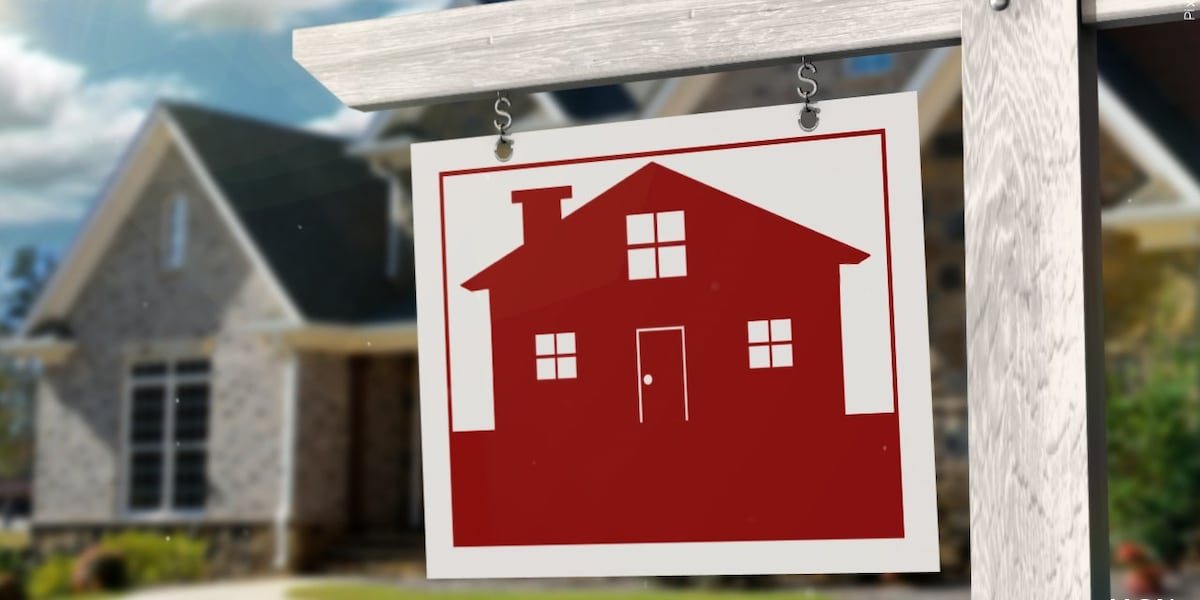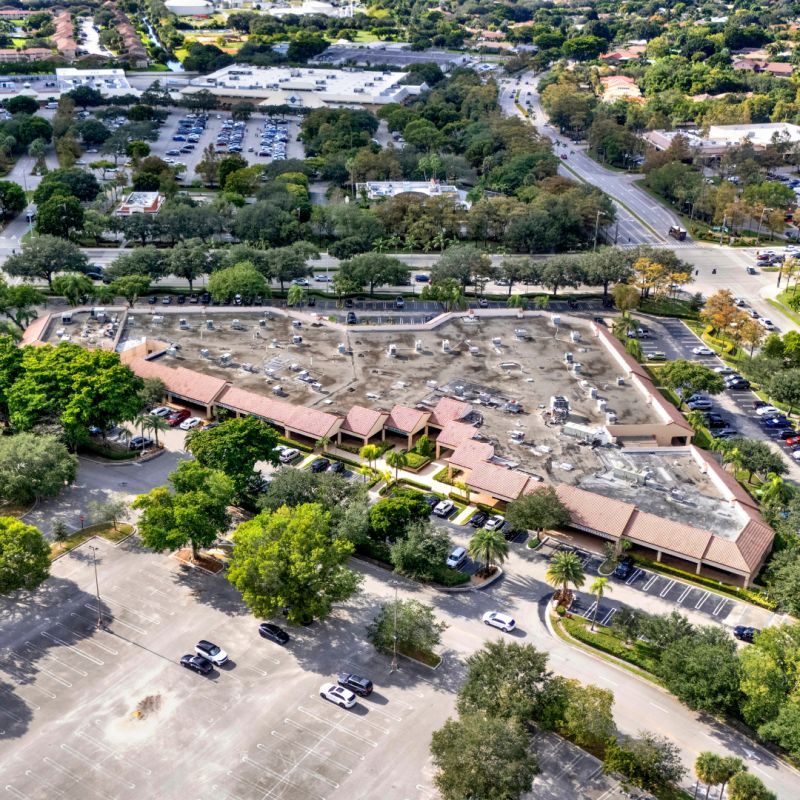M
ost consumers remain unaware of one of the most powerful tools in real estate - the MLS (Multiple Listing Service). Only about 24% of people have a vague idea what it means, while 76% don't know how it benefits them. The Council of Multiple Listing Services reports that many think "MLS" stands for Major League Soccer.
In reality, an MLS is a marketplace connecting real estate agents working on behalf of sellers and buyers. It's operated locally and regionally across the country, with the goal of connecting those looking to sell with those looking to buy remaining unchanged since its inception nearly 140 years ago.
The first multiple listings service was created by the San Diego Real Estate Board in 1885. Initially, members would receive lists of properties for sale or sold through runners who distributed the information throughout the city. The concept gained popularity, and by 1922, about 50 boards out of 470 operated an MLS.
Technology played a significant role in advancing MLSs. The addition of photographs on listings in 1925 marked the beginning of this transformation. Over the years, multilith machines, IBM punch card sorting systems, and computerized MLSs emerged, making it easier for brokers to access and share information.
Real estate professionals were early adopters of technology, envisioning innovative tools like video tours and virtual property viewings. In 1969, Eugene Konstant predicted that buyers would be able to view properties remotely using video-phones.
Today, with the advent of the internet, MLSs have evolved into robust online databases compiling home listings from brokerages. These platforms provide verified information about properties, including listing prices, addresses, features, and square footage. With 532 residential multiple listing services operating across the country and millions of subscribers, MLSs have become a crucial resource for both real estate agents and consumers.
In fact, browsing properties online was the first step in the house-hunting process for 43% of buyers in 2024, highlighting just how beneficial open access to MLS data has become. As technology continues to advance, innovators are imagining new ways to improve the future of MLSs, ensuring that they remain a vital tool in connecting sellers, buyers, and agents across America.














